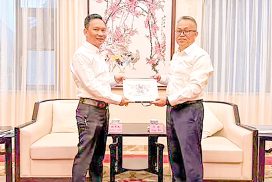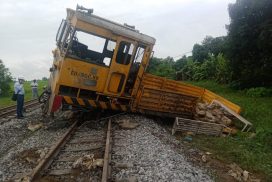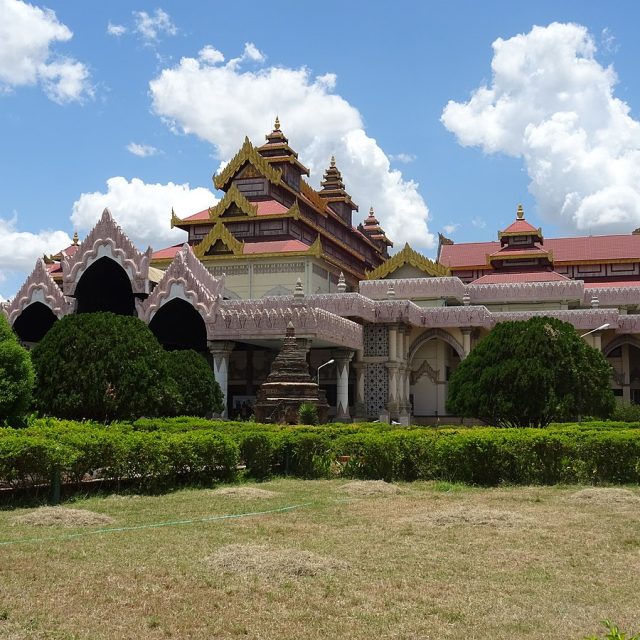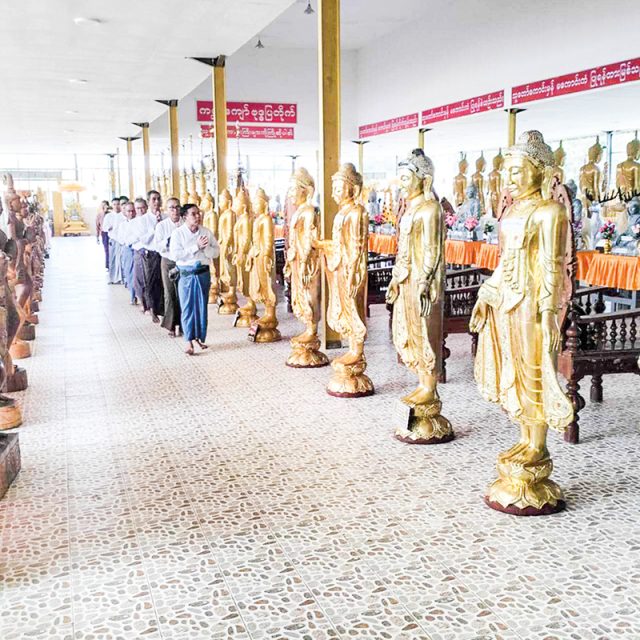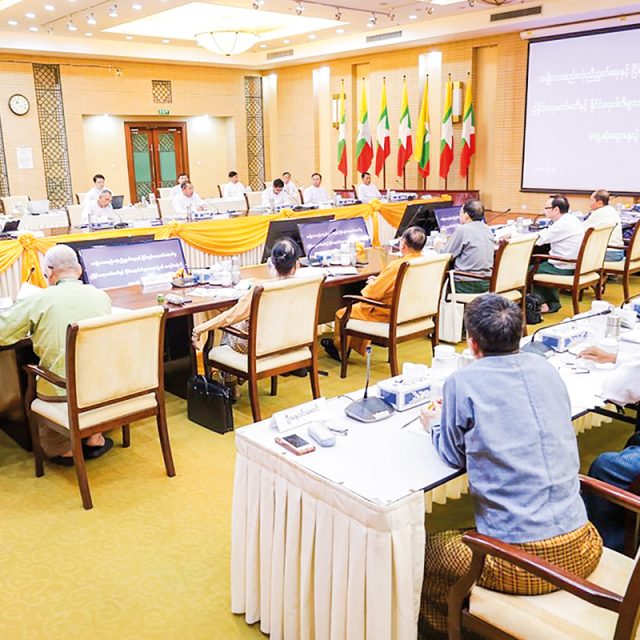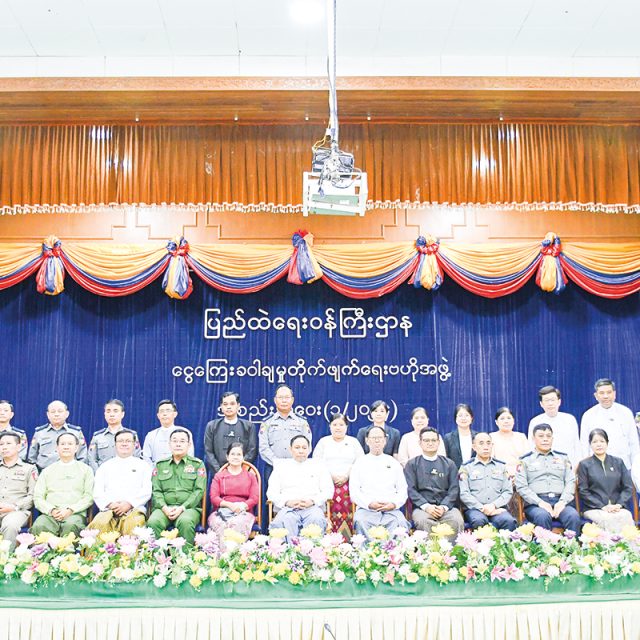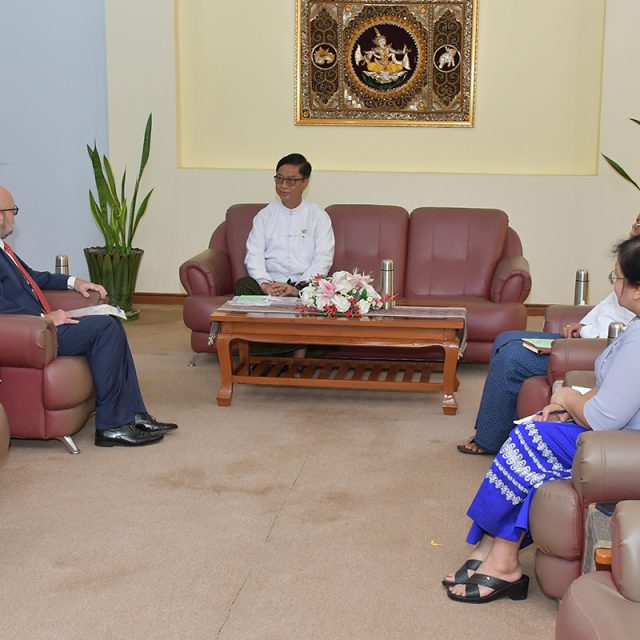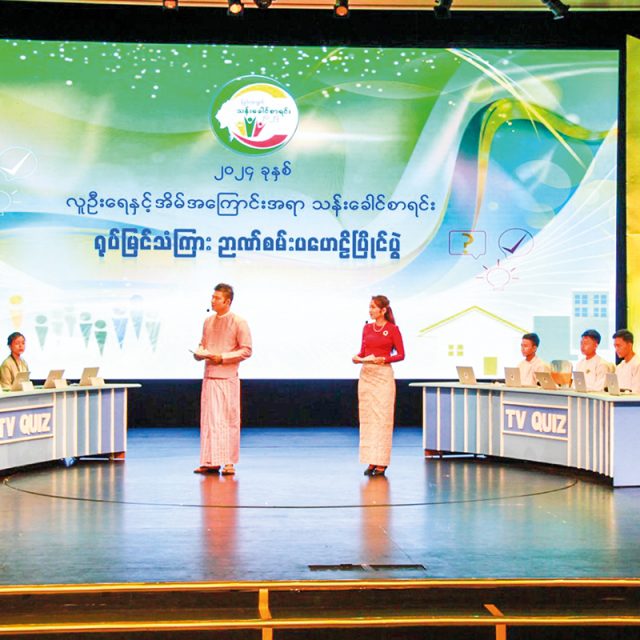The ancient Pyu people seem to have excelled at analyzing land use and land cover when establishing city-state areas, said U Kyaw Myo Win, director of the the Ministry of Religion and Culture (Bagan Division).
The subsurface soil may have been studied for planning purposes when they chose a site
to cultivate, build a village or a palace, to store water, and to make water connections, in addition to the places where religious buildings such as stupas will be built, he said on his social network page.
“Pyu people seem to be very good at analyzing land use and land cover when establishing a city, where to cultivate paddy, where to grow other crops, where to build villages, where to build the palace, where to store water, where to connect water, etc. They look as if they have studied and planned the subsurface soil of the city where religious buildings such as stupas would be built,” he wrote.
In particular, the palace and religious buildings were constructed on a little high ground with a hard subsoil, while the villages were often located at some distance away from these religious buildings.
“For example, there are brick mounds as well as broken pot mounds in the ancient Pyu cities, but the brick mounds are high, and the places with the broken pot mounds are spread out horizontally. These are the broken pots left on the ground after they lived in houses made of wood and bamboo. During the Pyu period, ordinary civilians built their houses only with wood and bamboo, and only the sacred personal and religious buildings were built using bricks and sandstone slabs.” he said.
Regarding the locations of the religious buildings of these Pyu cities, they are densely clustered in the northern part of the inner Beikthano city and outskirts, but more are found in the eastern outskirts than in the inner city in Maingmaw. In Sri Ksetra and Hanlin, they were built more to the south and the east respectively.
“So, when we study the selection of different sites [for these religious buildings], we get an answer. They chose a higher land for it. In the Pyu cities, they only cultivate on the farms within the city. The fields are connected by large lakes and water canals. The land on which they farmed and the places where many fragments of their villages were found are much different. They would never have built villages by changing the land. They have mountains near their cities They did not try to build buildings by tearing down the mountains,” he said.
MT/ZN



